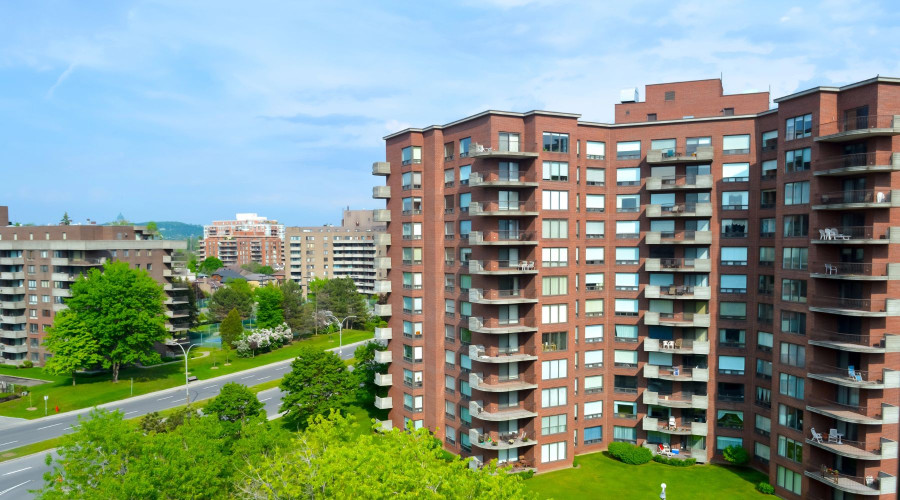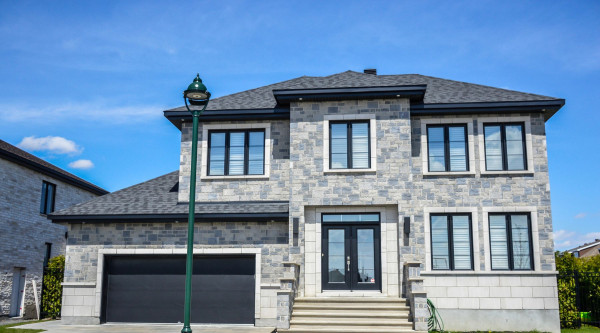The project aims to create better service delivery by offering buildings in good repair and opportunities for tenants to be connected to appropriate services and actively participate in their communities. For someone who spent most of their life in TCHC accommodations, this news is too little, too late for a city on the front line of the global housing crisis.
In a past article, I highlighted the problems with housing in Canada’s largest cities, and most of the world's big cities. From New York to Hong Kong, housing is unaffordable everywhere except in Tokyo, the largest city in the world with a population of 38 million. Canada should learn from them.
According to the OECD, Japan scores 115, while Canada scores 143 on a housing price-to-income ratio. That means prices have risen by 15% for the Japanese but by 43% for Canadians since 2015 relative to income increases. So, Japan is not only ahead of Canada, but it beats the OECD average by a good distance. But how has the land of the rising sun accomplished such a feat?
Tokyo’s success as a world-class and affordable megacity is due to a 1968 plan the Japanese government enacted creatively named the New City Planning Law. This national-level policy added twelve standardized land use zones across the country, and apartment housing was allowed in all but two. Used to improve the availability of space, this half-century-old law is miles futuristic to the shallow-minded policies produced in Canada. Instead of providing space for developments, government actions like the Tenant First Campaigns do little to solve our issues. Even the Ontario provincial government’s affordable housing bill needs to be more effective. The bill freezes, reduces and exempts fees developers pay to build affordable housing, non-profit housing and exclusionary zoning units. While dropping fees for non-profit housing and exclusionary zoning is a step in the right direction, critics argue this bill does real harm to affordability.
Speaking to a committee, Ontario for All Coordinator Sean Meagher called out the bill:
"By setting the definition of affordability for homeownership at 80 percent of the market rate, units that would have sold for a million dollars are now considered affordable and exempted from development charges if they sell for $800,000."
Setting affordable units at $800,000 leaves out millions of people who simply cannot afford that.
If cities like Toronto are to expand their livability and affordability, zoning is a big piece of the puzzle. Yet even if more land was made available, most people could never afford a place in downtown Toronto or Vancouver. According to most recent estimates to afford the average mortgage in Vancouver someone would need to make $200,000 and $240,000 in Toronto. So even if prices fell with a Japan-like zoning code, people would still struggle to afford rents and mortgages in the short and medium run with the overinflated housing prices.
So what about government-funded housing? Following the U.S., Canada began defunding government housing programs in the 1970s. This was part of the growing neoliberalism attacking government welfare across the board. Yet unlike our southern neighbour, there was a concerted effort in the 1980s to replace that government-run style with alternative housing options like social, co-op, and non-profit housing. As David Hulchanski, a researcher with the University of Toronto put it:
“When the development of large-scale public housing projects was discontinued in the 1970s in both countries, the housing policy responses of Canada and the United States were very different. A permanent stock of good-quality, non-profit social housing was created in Canada along with a growing and increasingly competent community-based housing development sector (commonly referred to as the “third sector,” in contrast to the private and state sectors)."
The federal government at the time aimed to build 31,000 units of alternative housing. Our nation may have been an alternative housing provider if not for another round of government budget cuts under the Conservative government. Successive cuts into the 90s demoted Canada’s original units to 6,100 social/alternative housing units. While Canada gave up on alternative housing, places worldwide did not. A Bloomberg documentary looked at how Vienna, the capital of Austria, was managing to improve housing through different alternatives, with surprising results! This and other examples show another way forward.
Co-operatives, non-profit housing, and other alternative management models hands down outdid the TCHC and private renters in keeping a sustainable, happy and clean environment for residents. Better than a tenant-first strategy, alternative housing is the tenant-only option. Providing a platform to empower residents to take care of their spaces is a radical and effective way to house people sustainably. Knowing all our housing options is part of being an informed citizen, and adding more of these types of management can improve housing sustainability in the long run.
Co-operative housing
According to the Co-operative Housing Federation of Canada, co-op housing is “controlled by members who have a vote in decisions. There is no outside landlord. Each housing co-operative is a legal association, incorporated as a co-operative.”
With a vote in decisions, residents play a part in managing their own property and take great care to improve their spaces. Unlike government housing, they can also decide on pricing and any activities on the premises. There are currently over 5,000 co-operatives in Canada, hidden in plain sight. Many are formed through informal communities of people who find common causes and work hand in hand to improve their space. While governments talk about engaging residents, co-ops make them decision-makers, and that is powerful.
Private non-profit housing
Another type of alternative housing is non-profit housing, a catchall term that refers to any housing provider that does not do so for private wealth. While these terms and sorts of arrangements are usually geared to income and placed for people with low to moderate incomes, other service providers are community-based groups and offer specific services to groups such as seniors, single mothers, immigrants etc.
In Ontario alone, there are 1,500 community-based non-profit housing providers. You can learn more about these housing options here. According to the Ontario Non-Profit Housing association:
- Private non-profit housing is owned and managed by independent, community-based groups such as faith groups and community agencies
- Municipal non-profit housing is owned and operated by more than 100 municipalities across Ontario
- Local housing corporations are owned and managed by service managers, the local government body responsible for housing, social assistance, child care and ambulance services like the Toronto Community Housing Corporation
The tenant's only strategy for solving the housing crisis
Municipal corporations like the TCHC have played the role of non-profit housing providers but have done a lacklustre job of providing proper homes for people. Instead of collaborating with and empowering their tenants, they should use their power to rezone areas of the city, and outsource housing management to the very communities that will live there. Once it works in Canada’s largest city, there is no reason it cannot work from Vancouver to St. Johns. At this point, we need to try anything and everything.
Without political hurdles, an alternative housing platform could offer physical space, administrative services, and non-interest loans to non-profits and co-op housing groups. This could be paid off by increasing the income from single-family homes and otherwise zoned spaces through higher density, bringing in higher revenue per square metre. Savvy property management can increase density where it can be and allow periphery communities living in areas like Scarborough to improve their living conditions without needless TCHC bureaucracy. By buying and selling on the open market, the TCHC or another group can move properties throughout the city, allowing the people who live on the periphery to live closer to the core and increasing equity and connectivity.

 By
By 






